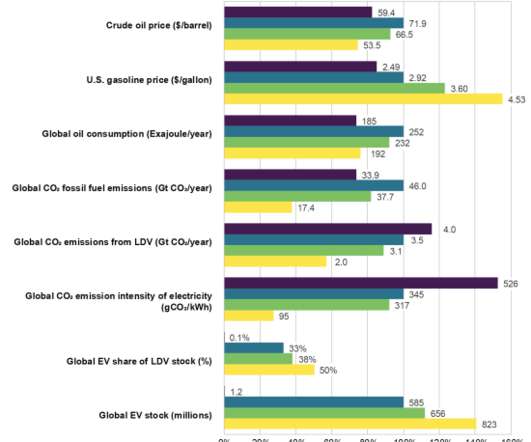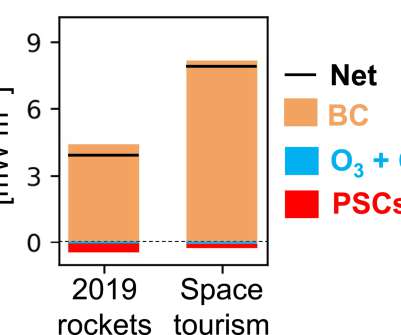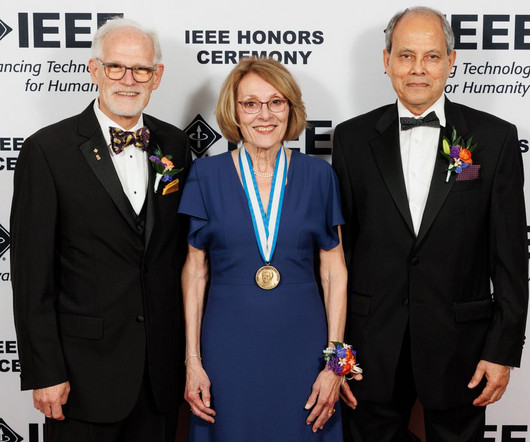MIT researchers build model simulating atmospheric transport of PAHs; how chemicals get to the Arctic
Green Car Congress
SEPTEMBER 11, 2012
MIT researchers have built a model to simulate long-range atmospheric transport of polycyclic aromatic hydrocarbons (PAHs). Persistent organic pollutants are chemicals of substantial international concern. The presence of these pollutants in the Arctic is important for several reasons.
















Let's personalize your content